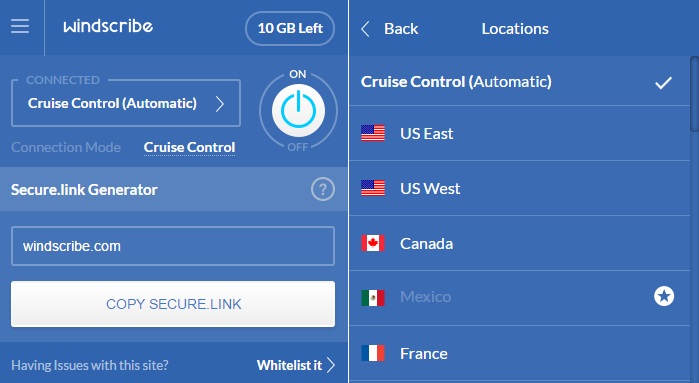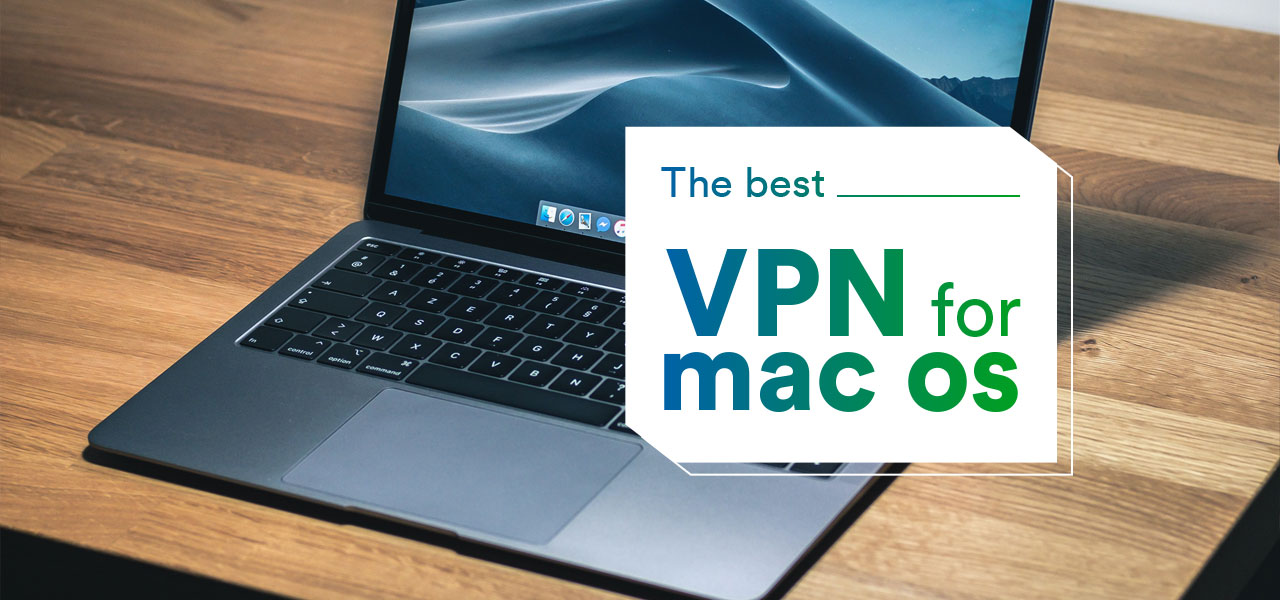
Pros: OpenVPN is a secure VPN that can bypass firewalls it’s also more configurable than VPN apps, for someone who wants to customize their VPN experience.OpenVPN is an open-source VPN that’s highly secure, and it’s our second choice after a regular VPN app. Click Advanced to enter in additional information such as server options, DNS servers, proxies, or TCP/IP settings.Enter the information from the private network’s administrator.Enter your server address and account name.

L2TP: L2TP, typically combined with IPsec, generates the tunnel through which the encrypted data passes.IKEv2: IKEv2 is what reconnects the computer to the network if the VPNconnection is lost.IPsec: IPsec secures internet connections, either encrypting the entire data packet (tunneling mode) or just the data packet’s message (transport mode).A word on the different protocol options: Choose which VPN connection you want to set up.Go to your Mac’s System Preferences app.It also lacks a kill switch, so it’s not as secure as VPN apps. Cons: Manual configuration takes a little bit to set up and connect to.It lets you connect to a private network even if your device isn’t compatible with any apps (although that should never be the case if you’re on a Mac). Pros: If you’re on a device that doesn’t work with your VPN app, manual configuration is an option.Manually configuring your Mac to be on a private network isn’t the easiest of processes, but we’ll go over its pros and cons anyway. Some people may not need a VPN to encrypt their web activity and Mac IP address rather, they may want to connect to a private network remotely, like that of a school or business.

Kaspersky VPN – Mac App On Manual Configuration

However, there are a few other ways to skin the cat. The easiest way to set up a VPN on your Mac is to download the VPN app itself. So you’ve chosen a VPN, now what? The next step is setting up the software.


 0 kommentar(er)
0 kommentar(er)
